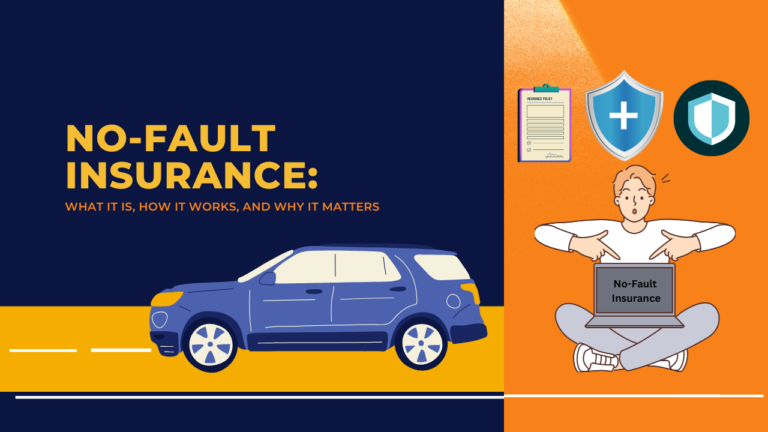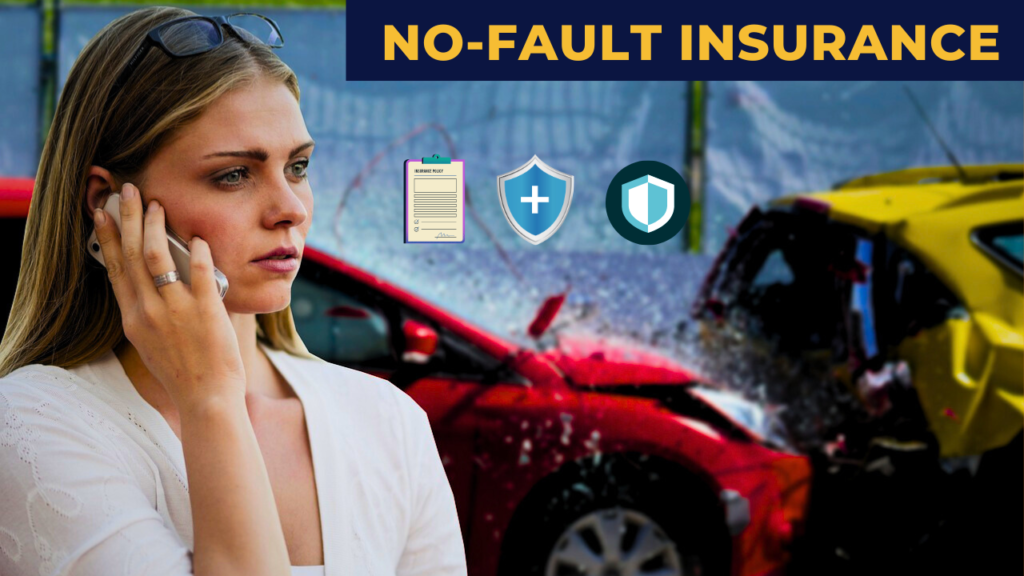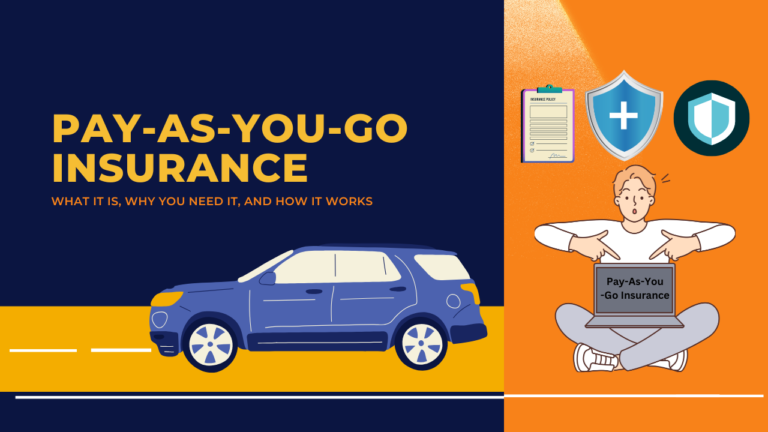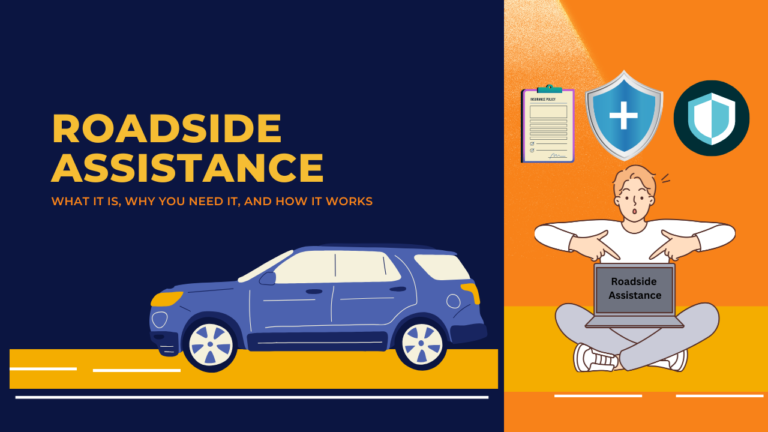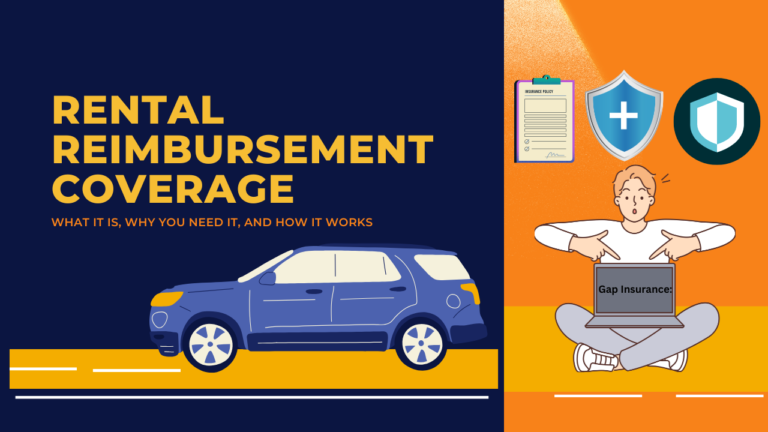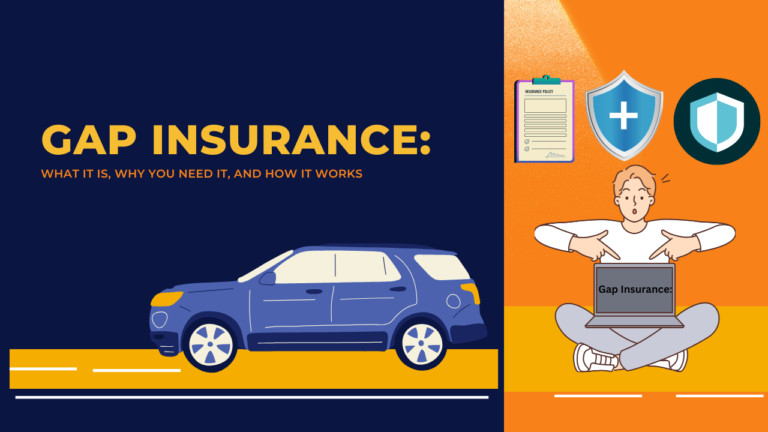Ram Navami, the auspicious Hindu festival celebrating the birth of Lord Rama, is a time of devotion, joy, and spiritual renewal. As devotees prepare to honor the seventh avatar of Vishnu, sharing Ram Navami wishes 2025 becomes a beautiful way to connect with loved ones and spread positivity.
Ram Navami traditional greetings
Section 1: Traditional Ram Navami Wishes
1.1 Classic Sanskrit Shlokas & Their Meanings
Incorporate timeless verses from the Ramayana to add authenticity:
- “रामो विग्रहवान् धर्मः” (Ramo Vigrahavan Dharmah) – “Lord Rama is the embodiment of righteousness.”
- “सियावर रामचंद्र की जय!” (Siyavar Ramchandra Ki Jai!) – “Victory to Lord Rama, the husband of Sita!”
Happy Ram Navami wishes in English
1.2 Heartfelt Messages in English
- “May Lord Rama’s wisdom guide you, His courage inspire you, and His love fill your life with joy. Happy Ram Navami 2025!”
- “On this sacred day, may the blessings of Shri Rama bring peace, prosperity, and success to your doorstep. Shubh Ram Navami!”
Ram Navami Instagram captions 2025, WhatsApp status for Ram Navami, Ram Navami SMS wishes.
Section 2: Modern & Creative Ram Navami Wishes for 2025
2.1 Social Media Captions (Instagram, WhatsApp, Facebook)
- 🌸 “Embracing the divine vibes of Ram Navami! Jai Shri Ram! 🙏✨ #RamNavami2025 #Blessings #Dharma”
- 📿 “Let’s chant ‘Jai Shri Ram’ and fill the world with light. Happy Ram Navami to all! 🕉️”
2.2 Short SMS & WhatsApp Messages
- “May Rama’s virtues light your path! Happy Ram Navami!”
- “Wishing you a day filled with bhajans, blessings, and positivity. Shubh Ram Navami!”
Ram Navami motivational quotes, Ramayana teachings for life
Section 3: Ram Navami Quotes from Scriptures & Leaders
3.1 Teachings from the Ramayana
- “Where there is Rama, there is no room for fear. Where there is fear, Rama cannot reside.” – Valmiki Ramayana
- “Rama is not just a name; it’s a way of life rooted in truth and sacrifice.”
3.2 Inspirational Quotes by Spiritual Leaders
- “Lord Rama teaches us that true strength lies in compassion and humility.” – Sri Sri Ravi Shankar
- “Celebrate Ram Navami by embracing Rama’s principles of duty and devotion.” – Sadhguru
Section 4: Personalized Ram Navami Wishes for Different Audiences
4.1 Ram Navami Wishes For Family & Friends
- “To the ones who are my strength, just like Rama was to Lakshman: Happy Ram Navami! Let’s celebrate with love and sweets!”
- “May our bond grow stronger, guided by Rama’s love. Happy Ram Navami, dear family!”
4.2 Ram Navami Wishes For Colleagues & Clients
- “Wishing you a prosperous year ahead, fueled by Rama’s wisdom and integrity. Happy Ram Navami!”
- “May teamwork and trust, like Rama and Hanuman’s, define our success. Shubh Ram Navami!”
4.3 Ram Navami Wishes For Kids
- “May you grow brave and kind like Lord Rama! Happy Ram Navami, little hero!”
“Ram Navami wishes for business partners”.
Section 5: DIY Ram Navami Greeting Cards & E-Invites
5.1 Design Ideas
- Traditional Theme: Use motifs like bows, Ayodhya temples, or Rama-Sita-Lakshman artwork.
- Modern Twist: Digital cards with animated diyas and Rama dhun audio.
5.2 Sample Messages for Cards
- “May your life be as vibrant as a Ram Navami procession! Warm wishes this festive season.”
- “Sending divine blessings your way. Happy Ram Navami!”
“Free Ram Navami e-card templates 2025”.
Section 6: Frequently Asked Questions (FAQs)
Q1: Why is Ram Navami celebrated?
A: Ram Navami marks the birth of Lord Rama, symbolizing the victory of good over evil.
Q2: How to wish someone on Ram Navami?
A: Use phrases like “Happy Ram Navami” or “Jai Shri Ram” paired with blessings for health and happiness.
Q3: What are unique ways to share Ram Navami wishes?
A: Send voice notes chanting Rama mantras, create reels with temple visuals, or share DIY rangoli designs.
SEO Boost: FAQs target voice search queries like “How to wish for Ram Navami?”.
Ram Navami global celebrations 2025
Section 7: Cultural Significance & Global Trends
Ram Navami is celebrated worldwide, from grand processions in Ayodhya to community events in the US. Highlight trending practices:
- Live Streams: Virtual darshans from Ayodhya’s Ram Mandir.
- Charity Drives: Donating food or clothes in Rama’s honor.
Conclusion: Spread Blessings
Ram Navami wishes are more than greetings—they’re a bridge between devotion and digital connection.
Read related articles -(“10 Best Temples to Visit on Ram Navami”).
Unique Ram Navami wishes 2025, Happy Ram Navami messages in English, Ram Navami quotes for social media, Ram Navami blessings for family, Best Ram Navami captions for Instagram
ram navami wishes, ram navami wishes in hindi, happy ram navami 2025, ram mandir, ayodhya ram mandir, ram navami ki hardik shubhkamnaye, रामनवमी, रामनवमी की हार्दिक शुभकामनाएं, राम नवमी, shri ramchandra kripalu bhajman, ram navami 2025 wishes in hindi, ram navami quotes, ram navami ki hardik shubhkamnaye in hindi, ram navami quotes in hindi, ram mandir ayodhya, shri ram navami 2025, ram ji ki aarti lyrics, ram navmi 2025, navami, रामनवमी की हार्दिक शुभकामनाएं पोस्टर, ram navami ki shubhkamnaye, ramnavami 2025, रामनवमी 2025, ram navami ki shubhkamnaye in hindi, राम, ram.navami 2025, राम जी की आरती, राम नवमी 2025, श्री राम नवमी, ramnavami photo, ram navami picture, नवमी कब है, ram.navami, happy ram navami wishes in hindi, ram navami images in hindi, ayodhya ram




